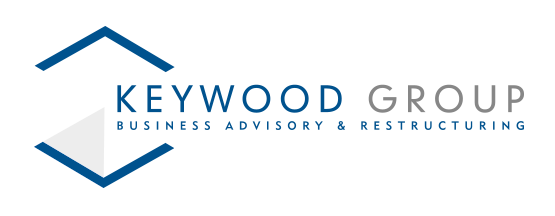Administration v Liquidation
In recent times, household names such as McColl’s, Missguided, Made.com and Paperchase have gone into administration. The stationary retailer called in administrators on 31 January 2023 after it was unable to find a buyer for its operations. Tesco has subsequently acquired its brand and intellectual property, but its high-street stores are facing an uncertain future.
We are often asked about the difference between administration and liquidation, and which is the better option. The answer to that question will depend on the specific circumstances, and in some cases, administration may not be achievable.
A key difference between administration and liquidation is that an administration will often provide an opportunity to rescue a business as a going concern (in whole or in part), whereas Liquidation is usually appropriate where the business is no longer viable.
Administration
Administration is an option for a company facing financial strain or creditor pressure. In many cases, you can preserve the core business, and maintain continuity with its customers and the staff.
It is also possible for the existing director(s) to buy-back the business, or part of the business, out of administration, without taking on the historic debt. This is commonly known as a pre-pack administration and although there are strict rules which govern this process, this can be an attractive option for owner-managers.
A company can only enter administration if it can meet any one of the following aims:
- To rescue the company as a going concern;
- To achieve a better result for creditors as a whole than if the company enters liquidation;
- To realise property to distribute to one or more secured or preferential creditors.
Administration is often a director-led process but if the company has given a creditor certain security over assets, that creditor can appoint an administrator themselves. Such security is most often granted to a bank or factoring company.
Liquidation
In most cases a company will enter liquidation because the director(s) instigates the process on a voluntary basis, known as Creditors Voluntary Liquidation. However, liquidation can also occur as a result of a winding up petition presented against the company.
In either situation, the Liquidator will realise all of the assets of the company in order to make payments to creditors. In some cases, the director(s) can buy-back assets of the insolvent company at market value and start trading via a newly incorporated company. There are restrictions which concern the re-use of a company name after liquidation but it is possible to re-use a company name in defined circumstances.
What should I do if my business is struggling?
When a company is facing financial difficulty the most important thing is to seek advice from a Licenced Insolvency Practitioner. It can be daunting but taking a proactive stance will put you back in control and almost certainly leave more options available, then if the position is allowed to worsen.
An Insolvency Practitioner is best placed to provide advice on all the options available. If the problems are too significant and company closure is appropriate, an Insolvency Practitioner can explain what this means and how to proceed.
Help from a Licenced Insolvency Practitioner
Keywood Group is a firm of Licenced Insolvency Practitioners with offices in Birmingham and London. Our team has over 20 years’ experience in advising businesses on their options and dealing with company closure. Our experienced team will work with you to assess the options available and guide you through the process.
If you want further information, please contact us for a no obligation chat.











